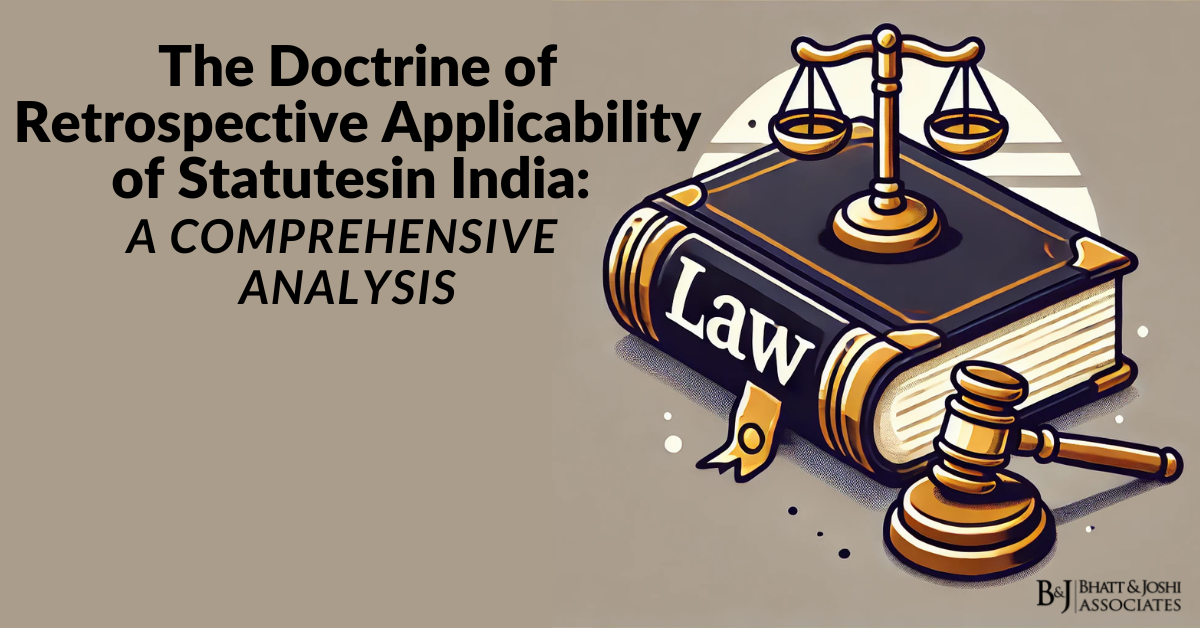Introduction
The Delhi International Arbitration Centre (DIAC) is a premier arbitration institution that provides a neutral and efficient platform for dispute resolution. The DIAC Arbitration Proceedings Rules 2023 govern the conduct of arbitration proceedings1. One of the key aspects of these rules is the process of responding to a Notice of Arbitration.
What is a Notice of Arbitration?
A Notice of Arbitration is a formal document that commences the arbitration process. It outlines the nature of the dispute, the relief sought, and other relevant details1. Upon receipt of this notice, the respondent is required to submit a Response to the Notice of Arbitration1.
Time Frame for Response
Under the DIAC Rules, the respondent has 30 days from the receipt of the Request for Arbitration to submit its Answer1. The DIAC may at any time extend this time limit upon the Respondent’s request1.
Contents of the Response
The Response to the Notice of Arbitration should include1:
- Respondent’s name and contact details: This includes the name and contact details of its representative.
- Preliminary comments on the dispute: This includes any initial observations or comments on the dispute.
- Response to relief sought by claimant: This includes any comments or responses to the relief sought by the claimant.
- Observations and proposals concerning choice of arbitrators: This includes any comments or proposals regarding choice of arbitrators.
- Comments on applicable rules of law and language of arbitration: This includes any observations or comments on applicable rules of law and language of arbitration.
- Description of counterclaims: If there are any counterclaims against claimant, these should be described in detail.
Conclusion
Responding to a Notice of Arbitration under DIAC is an important step in arbitration proceedings. It sets out your initial defense and can shape how your case progresses. Therefore, it’s crucial to understand what it entails and how to properly respond within given time frame.














